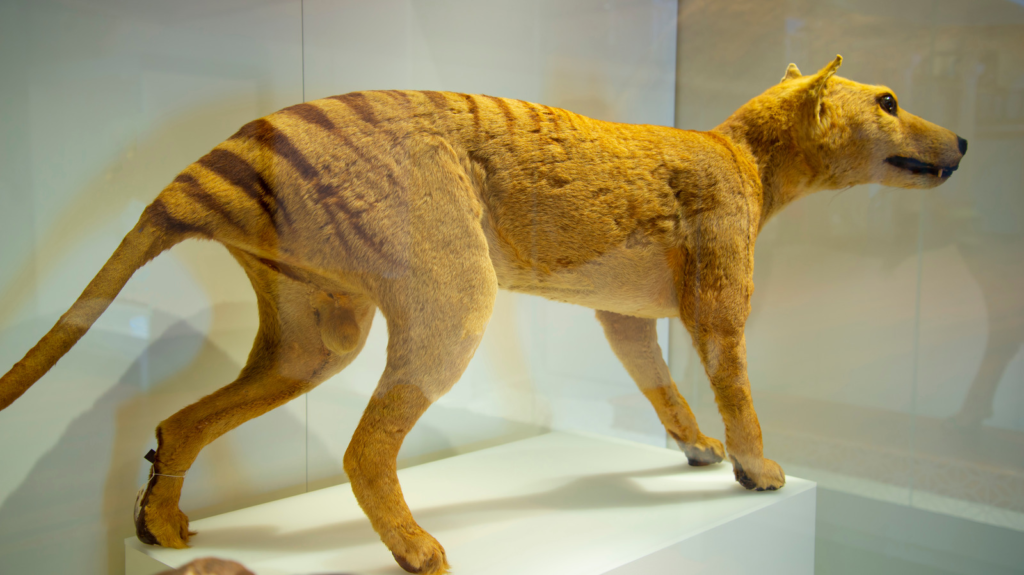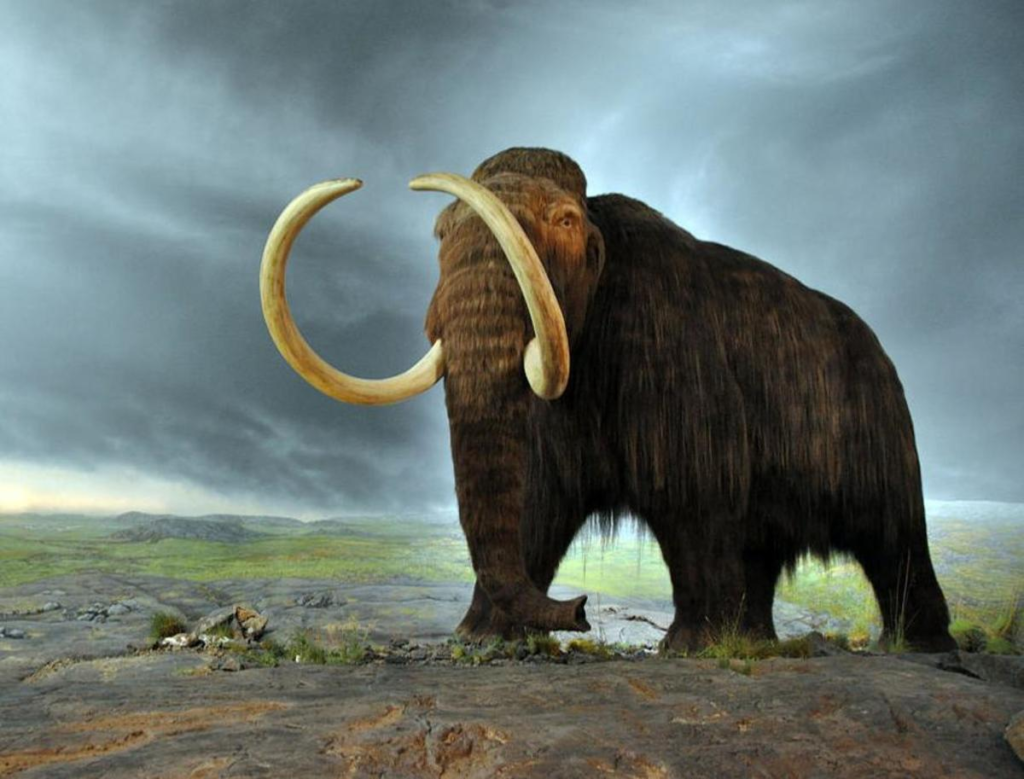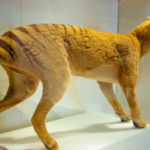TThe idea of bringing extinct animals back to life once belonged to science fiction. But thanks to rapid advancements in de-extinction technology and breakthroughs in cloning extinct animals, scientists are now closer than ever to resurrecting extinct species. From the iconic woolly mammoth to the mysterious thylacine, we may soon see creatures from the past roam the Earth again.

What Is De-Extinction?
De-extinction is the cutting-edge science of reviving species that have gone extinct. The process typically begins with extracting DNA from fossils, museum specimens, or preserved remains. Scientists then either recreate the species’ full genome or splice genes into the DNA of a close living relative.
The modified DNA is then implanted into an egg cell of that related species through a method called nuclear transfer. Once the embryo develops, it is carried to term by a surrogate mother. The result? An animal that is genetically similar—if not nearly identical—to its extinct ancestor.
6 Extinct Creatures That May Soon Come Back to Life
Here are six extinct animals that scientists are working to bring back from the dead:
1. Woolly Mammoth
Efforts are underway to recreate the woolly mammoth, a symbol of the Ice Age. By inserting mammoth genes into the genome of the modern Asian elephant, researchers hope to develop a cold-resistant hybrid that can thrive in Arctic tundras.

2. Dodo
The dodo, driven to extinction in the 1600s, could be set for a comeback. Scientists have sequenced the dodo’s genome and are working on editing the DNA of its closest living relative—the Nicobar pigeon—to create a modern version of the bird.
3. Thylacine (Tasmanian Tiger)
The Tasmanian tiger, or thylacine, was last seen in the 1930s. With preserved DNA and the help of modern marsupials like the numbat, scientists aim to engineer a genetically revived thylacine and reintroduce it into the wild.
4. Passenger Pigeon
Once numbering in the billions, passenger pigeons went extinct in the early 20th century. Using DNA from museum specimens, researchers are attempting to bring this species back using band-tailed pigeons as surrogates.
5. Irish Elk
With its massive antlers and majestic size, the Irish elk was a prehistoric giant. Scientists are exploring whether selective breeding and genetic engineering can restore this long-lost species using DNA from ancient bones.
6. Saber-Toothed Cat
The mighty saber-toothed cat, a predator from the Ice Age, is also a subject of de-extinction discussions. Though more complicated due to lack of close relatives, CRISPR and cloning technologies may eventually make it possible.
Already Revived: The Bucardo (Pyrenean Ibex)
In 2003, scientists in Spain successfully revived the bucardo, a subspecies of the Pyrenean ibex that went extinct in 2000. Using nuclear transfer, they created a clone. Although the baby bucardo died shortly after birth due to lung complications, this marked the first time an extinct animal was brought back—if only briefly.
The Ethics and Future of De-Extinction
While de-extinction science opens up thrilling possibilities, it also sparks ethical debates. Should we bring back species that nature or humanity eliminated? Will reintroduced animals survive in today’s changed ecosystems? These questions remain central as scientists race forward.
Still, the future of de-extinction is promising. With new breakthroughs in genetic engineering, cloning, and CRISPR, it may not be long before we see lost creatures roam the Earth once again.
Final Thoughts
De-extinction is no longer just a wild fantasy, it’s a rapidly evolving scientific field. Whether for ecological restoration or scientific discovery, the resurrection of extinct animals could reshape the natural world as we know it.
Also Check this out ! What If the Dinosaurs Had Never Gone Extinct?











